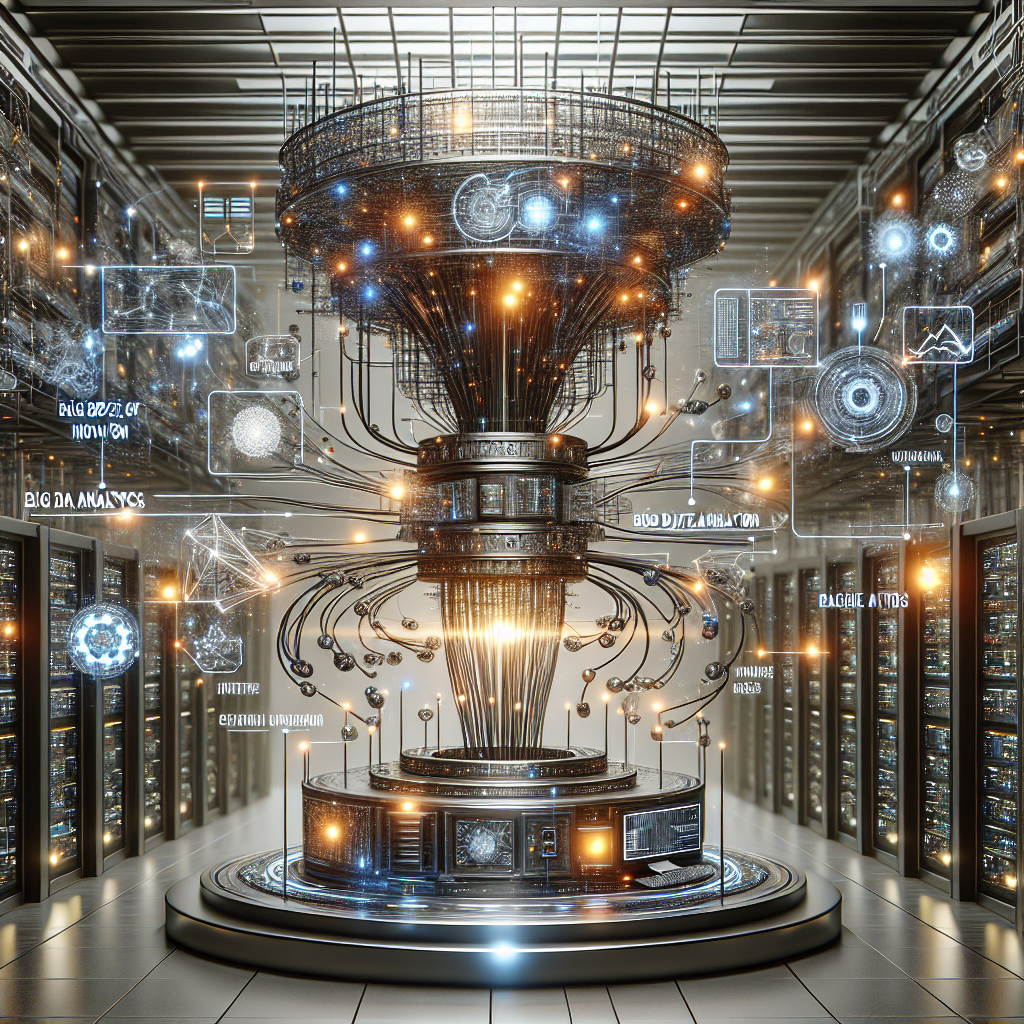In the age of digital transformation, data has become the new currency. Organizations are constantly collecting, analyzing, and leveraging data to drive strategic decision-making and gain a competitive edge in the market. Big data analytics and machine learning have emerged as powerful tools that enable businesses to extract valuable insights from large volumes of data and make predictions based on patterns and relationships. At the heart of these technologies lies the data center, the backbone of innovation in the digital age.
Data centers are facilities that house servers, storage devices, networking equipment, and other infrastructure components to store, process, and manage data. They serve as the foundation for big data analytics and machine learning initiatives, providing the computing power and storage capacity needed to handle massive amounts of data and run complex algorithms.
In the realm of big data analytics, data centers play a critical role in processing and analyzing structured and unstructured data from various sources such as social media, sensors, and transaction records. By harnessing the power of distributed computing and parallel processing, data centers can quickly sift through vast datasets to uncover hidden patterns, trends, and correlations that can inform business decisions and drive innovation.
Machine learning, on the other hand, relies on data centers to train and deploy algorithms that can learn from data and make predictions or recommendations without being explicitly programmed. Data centers provide the computational resources needed to train machine learning models on large datasets, fine-tune them through iterative processes, and deploy them in real-time applications to automate tasks, improve processes, and enhance customer experiences.
The scalability, reliability, and security of data centers are key factors that determine the success of big data analytics and machine learning projects. As organizations continue to generate and collect more data, data centers must be able to scale horizontally and vertically to accommodate growing storage and processing demands. They must also be designed to ensure high availability and fault tolerance to prevent downtime and data loss.
In addition, data centers must implement robust security measures to protect sensitive data from unauthorized access, breaches, and cyber threats. Encryption, access controls, intrusion detection systems, and other security technologies are essential to safeguard data at rest and in transit and comply with data privacy regulations.
As the adoption of big data analytics and machine learning accelerates across industries, the demand for data centers that can support these technologies is on the rise. Cloud providers, colocation facilities, and hyperscale data centers are expanding their infrastructure to meet the growing needs of organizations seeking to leverage data-driven insights for competitive advantage.
In conclusion, data centers are the backbone of innovation in big data analytics and machine learning. They provide the computational power, storage capacity, scalability, reliability, and security needed to unlock the full potential of data and drive digital transformation. By investing in modern data center infrastructure and leveraging advanced technologies, organizations can harness the power of data to fuel innovation, enhance decision-making, and stay ahead of the competition in the digital age.


Leave a Reply